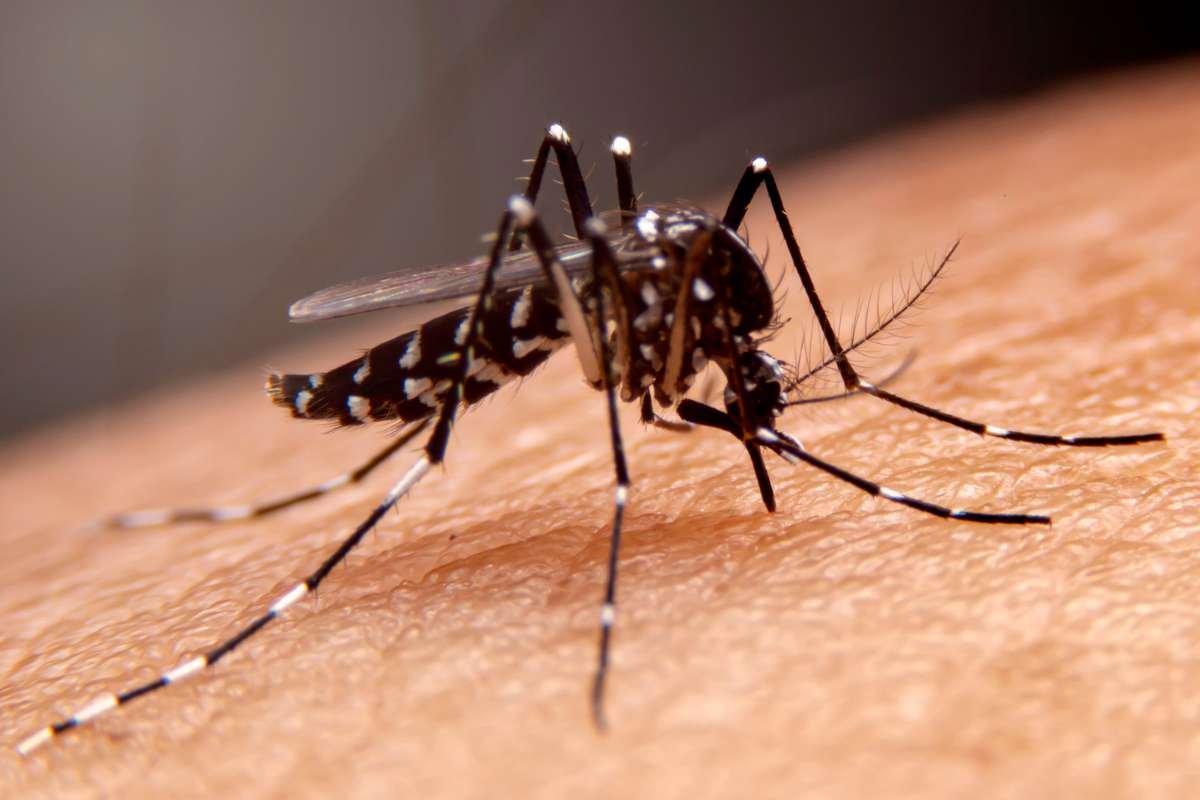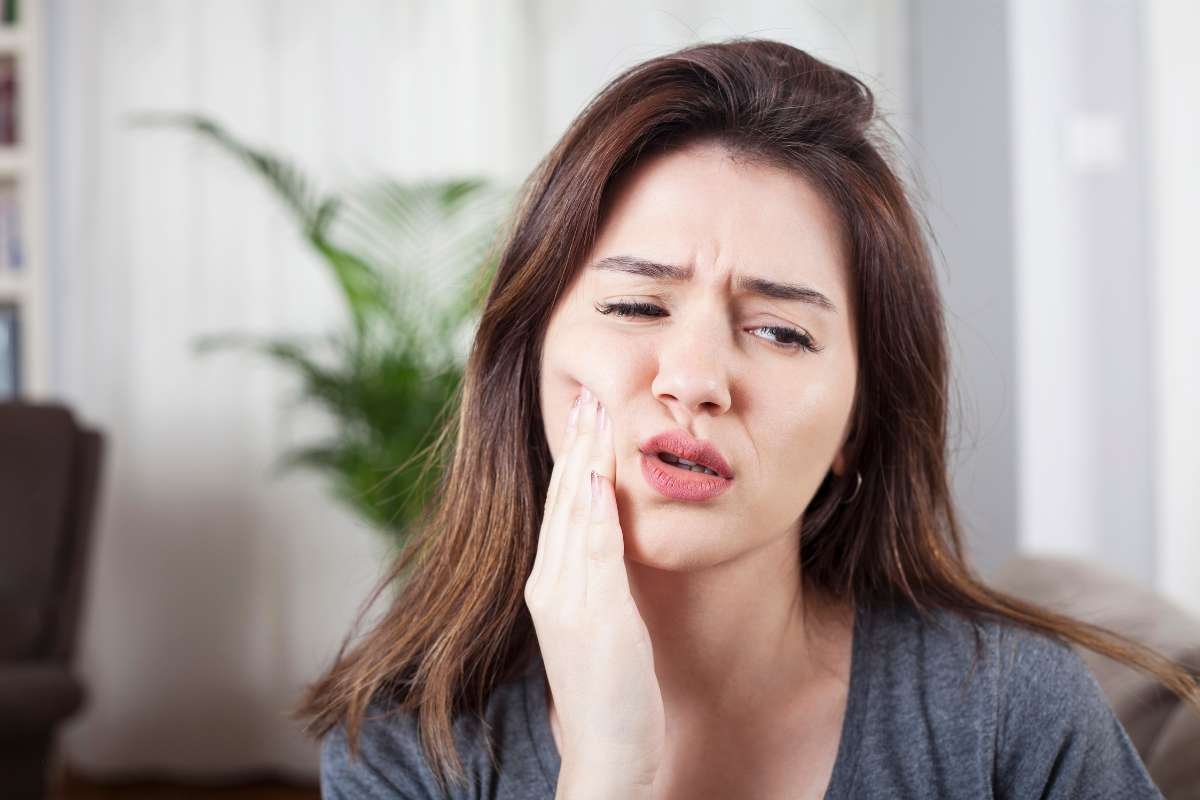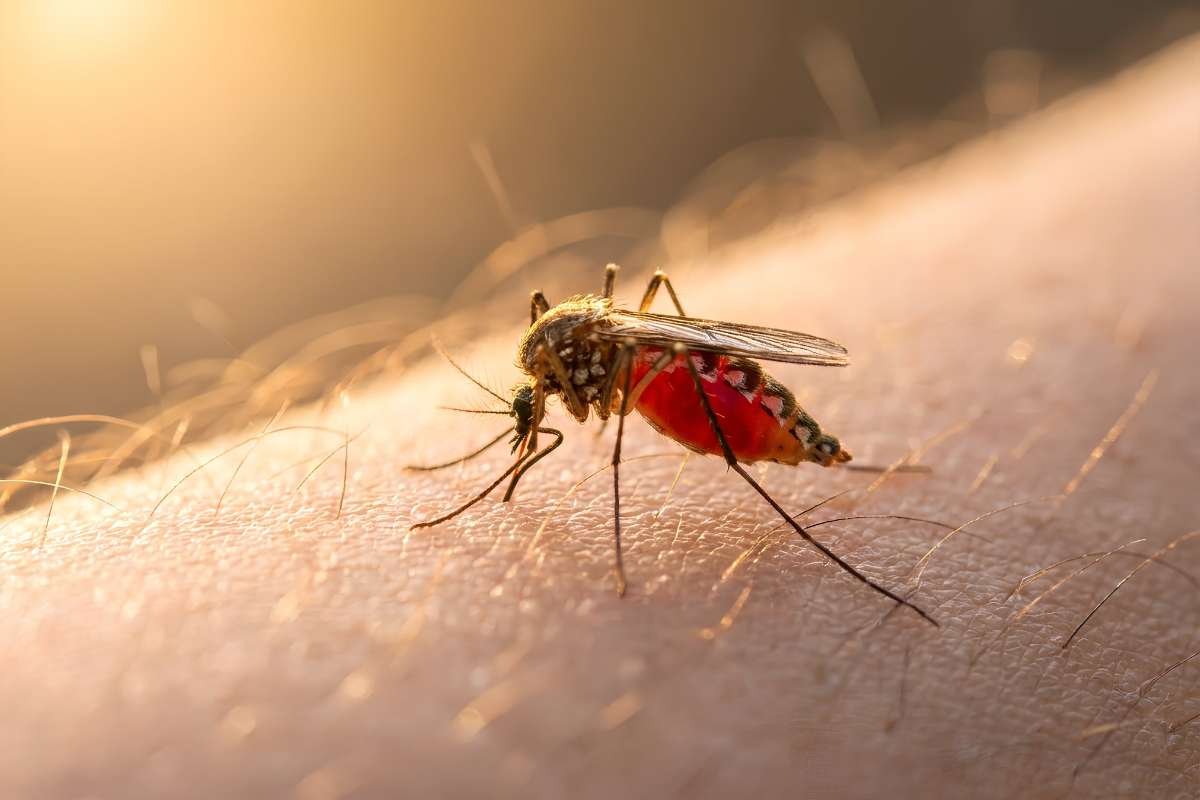Key Findings on Sex-Specific Pain Management
A recent study published in PNAS Nexus has revealed significant differences in how men and women experience and manage pain, shedding light on the biological mechanisms behind these disparities. Conducted in the United States, the research involved 98 participants across two clinical trials, testing the effects of naloxone (an opioid antagonist) and saline (a placebo) under conditions of noxious heat and meditation.
The findings suggest that meditation effectively reduced pain in both men and women participants. However, naloxone had a distinct impact on men, where it diminished the pain-relieving effects of meditation, while female participants remained unaffected. This observation implies that women may not rely on the same endogenous opioid mechanisms as men for pain relief. As a result, experts are calling for further research to explore alternative pain management strategies for women, particularly as traditional opioid treatments appear to be less effective for them.
Challenges in Pain Management for Women
The study’s revelations are particularly significant given the challenges women face in pain management. Historically, women have been observed to respond poorly to opioids, leading to prolonged pain, higher morbidity rates, and, in some cases, drug dependency due to the escalation of painkiller dosages. Despite growing evidence that women may employ non-opioid-based pain modulation mechanisms, pain management treatments have remained largely gender-neutral. This gap in research has contributed to ineffective treatments for women, who often require more medication to achieve pain relief, raising concerns about the potential for opioid addiction.
Lead researcher Dr. Fadel Zeidan, from UC San Diego’s Sanford Institute for Empathy and Compassion, emphasized that women’s biological responses to opioids differ significantly from men’s, potentially explaining their higher vulnerability to opioid addiction. The findings highlight the need for sex-specific pain therapies that are better suited to women’s unique biological responses, especially in light of the growing opioid crisis.
Implications for Future Pain Therapies
The study also examined the broader implications of pain management interventions across various patient groups, including those with chronic low back pain (cLBP). Meditation was found to provide substantial relief for both men and women, with the effect being particularly pronounced in patients with chronic pain. However, the research demonstrated that men’s pain relief was influenced by endogenous opioids, while women appeared to utilize alternative pain mechanisms, still unknown to researchers.
These findings underscore the need for continued research into non-opioid pain relief strategies, especially for women. As current pain management therapies remain tailored to men’s biological pathways, experts stress the importance of developing treatments that consider sex-specific differences. With the rising prevalence of opioid dependency, the study offers crucial insights into the development of more effective, personalized pain management solutions.
In conclusion, this research marks a pivotal step toward understanding pain on a deeper, biological level, highlighting the urgency of creating pain therapies that accommodate the unique needs of both men and women.







